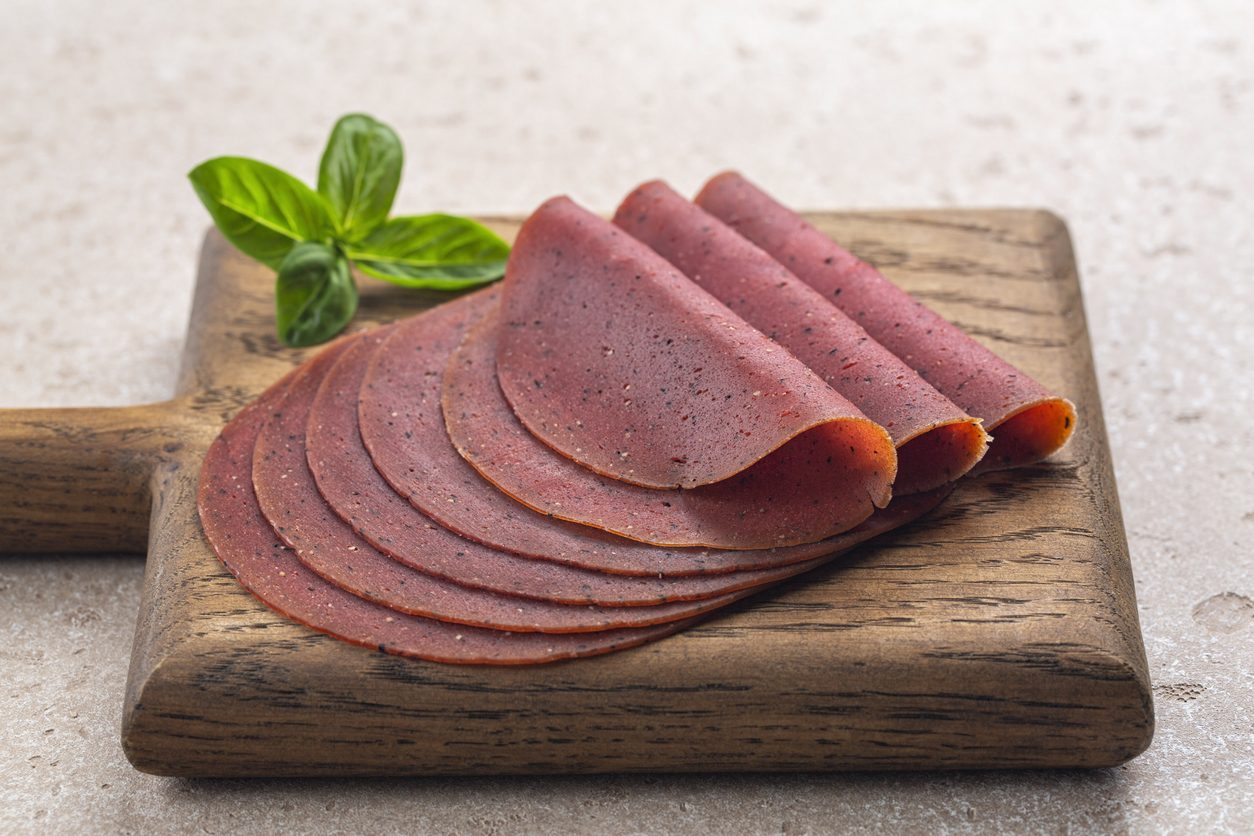;)
Bringing home a basil plant from the supermarket can often lead to disappointment when it wilts or dies just a few days later. But don't despair! There are several strategies you can employ to significantly extend the life of your basil plant, ensuring a steady supply of fresh, aromatic leaves for your culinary creations.
Understanding the Challenges
The supermarket environment is far from ideal for basil plants. Typically, these plants are overcrowded, with multiple seedlings crammed into a single pot, which stunts their growth. The artificial lighting and inconsistent temperatures they endure, coupled with irregular watering schedules, further stress these plants. Recognizing these factors is the first step toward revitalizing your supermarket basil.
1. Giving Them Space

The crowded condition is one of the primary reasons supermarket basil plants struggle. To combat this, carefully divide the seedlings in the supermarket pot and replant them individually into separate pots or a singular, spacious pot. This process gives each plant its own territory, allowing roots to spread and access the nutrients they need to thrive. Within days, you'll notice a significant difference in the health and vigor of your basil plants.
2. Finding the Perfect Spot

Light is crucial for basil, but too much direct sunlight can be harmful. After transplanting, place your basil in a spot where it will receive plenty of light but is shielded from the harshest midday sun, which can scorch the delicate leaves. A windowsill that enjoys morning sunlight or a balcony that offers partial shade are ideal locations. The goal is to mimic the natural, dappled sunlight of a basil plant's native environment.
3. The Art of Watering

Basil loves moisture, but its requirements are not as straightforward as keeping the soil waterlogged. The key is to maintain a consistently moist soil without overwatering, which can lead to root rot. An easy test is to touch the soil; if it feels dry an inch below the surface, it's time to water. During the hot summer months, basil may need watering twice daily, while in winter, once a day should suffice. Remember, the goal is moist, not soggy, soil.
4. Harvesting with Care

When it comes to harvesting, there's a right and a wrong way to pick basil leaves. Avoid plucking leaves individually, as this can stress the plant. Instead, use a pair of scissors to cut whole stems. This method encourages the plant to branch out and grow more leaves, delaying the flowering process, which can divert energy away from leaf production. Plus, it keeps your plant looking tidy and well-managed.

;Resize,width=712;)

;Resize,width=712;)
;Resize,width=767;)
